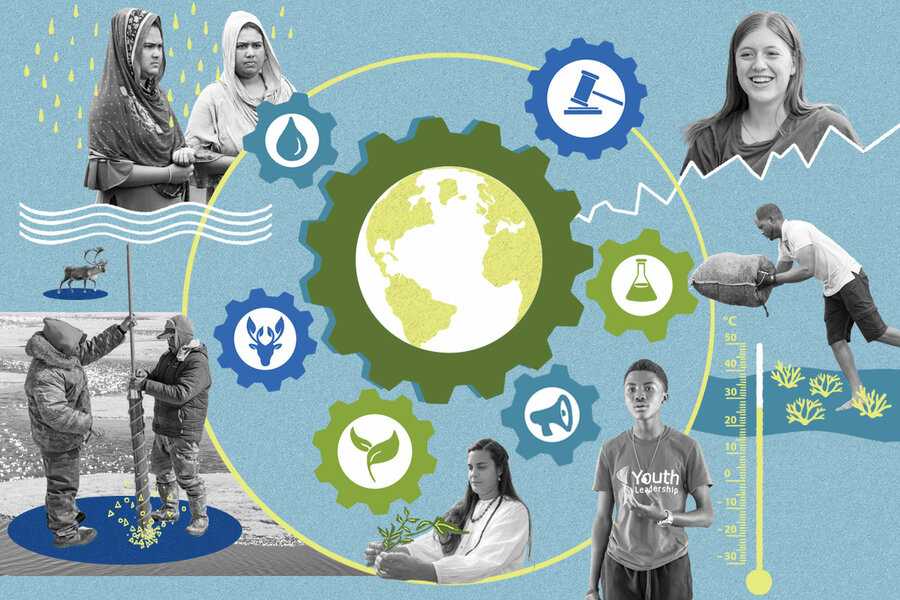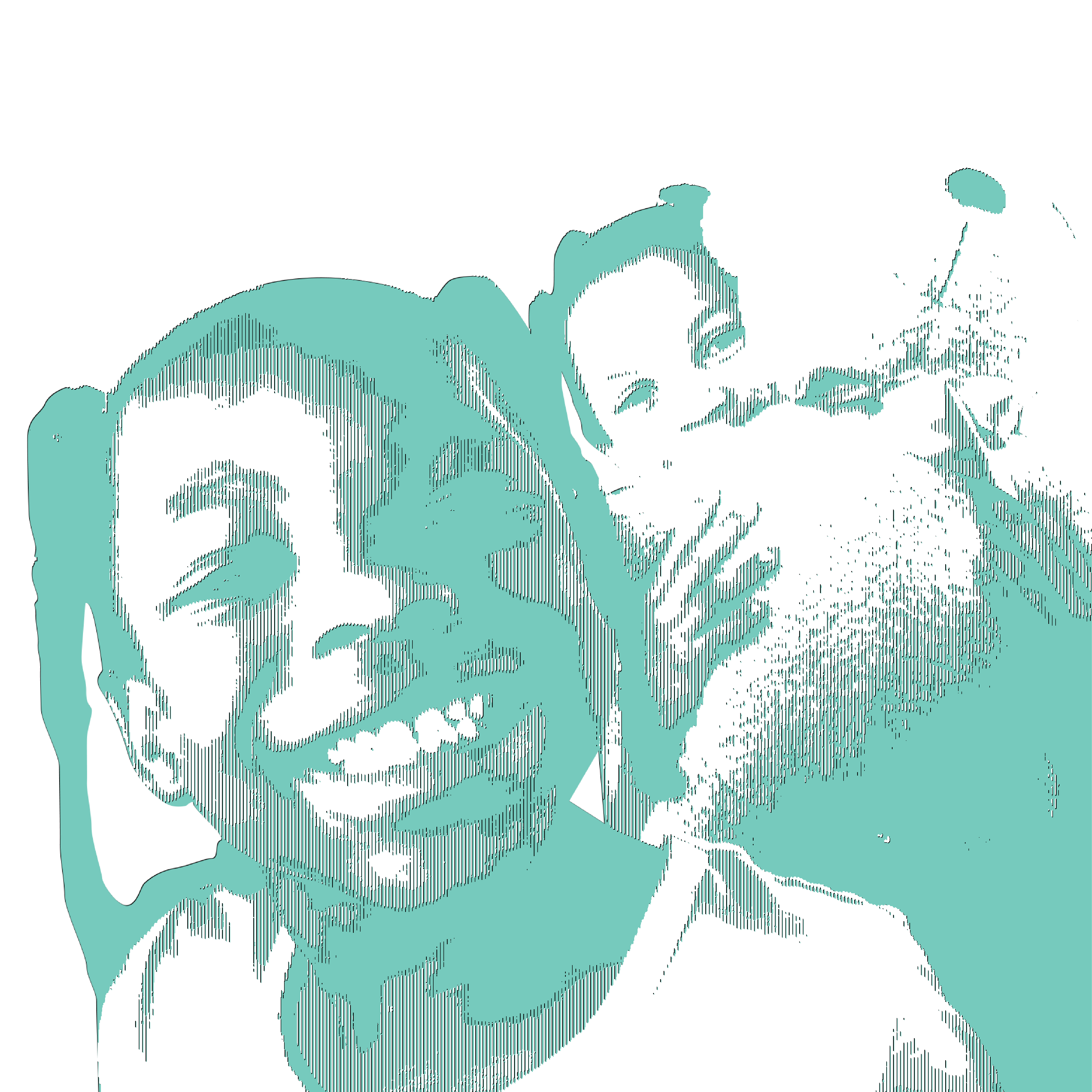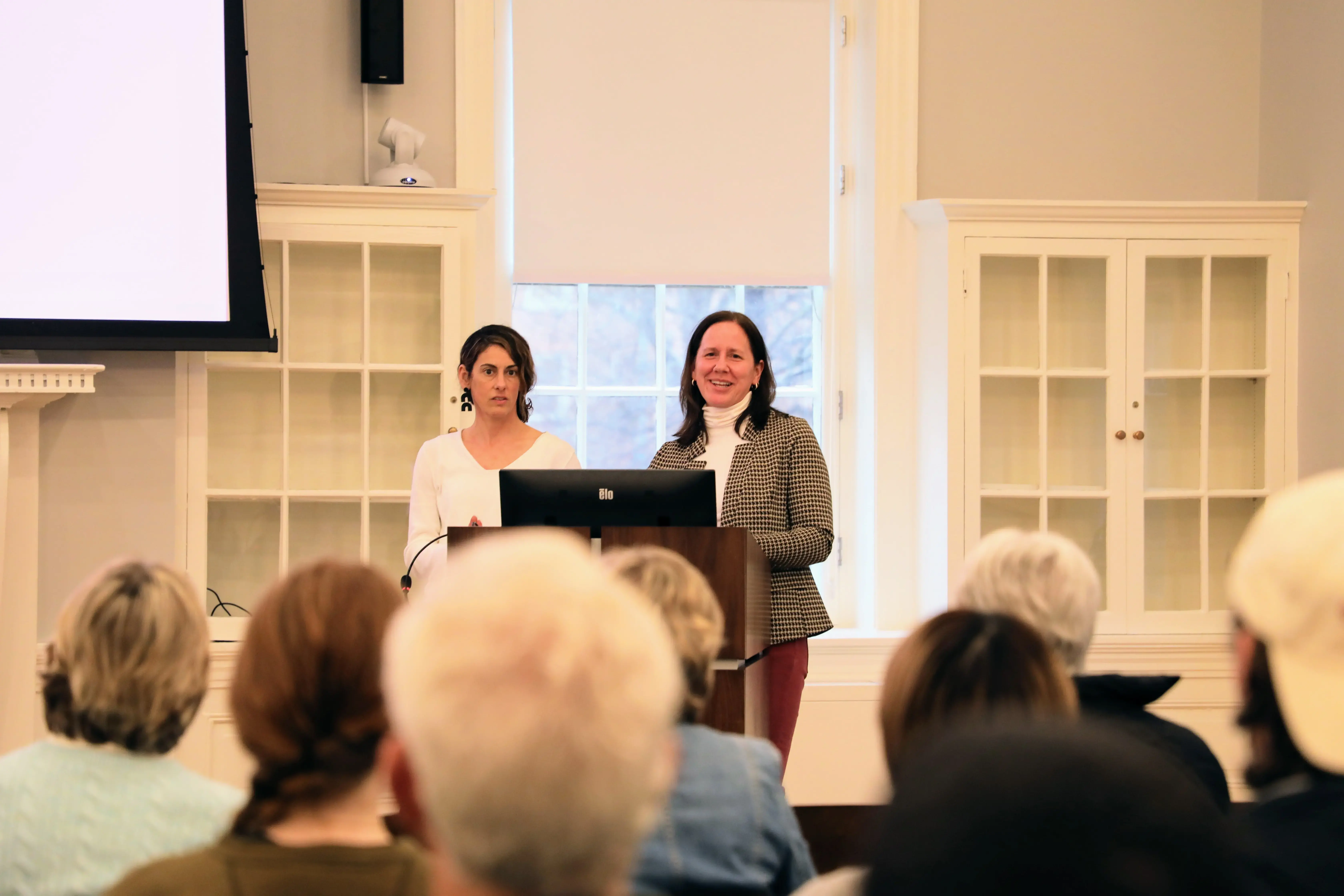
Nearly 40 students, faculty, and community members attended “The Climate Generation: Born Into Crisis, Building Solutions,” a public talk by Christian Science Monitor (CSM) journalists Stephanie Hanes and Sara Miller Llana, who shared insights gathered from a year’s worth of reporting in eight countries.
The event at William and Mary in Williamsburg, Virginia, was co-hosted by the Charles Center, the Reves Center, and the Pulitzer Center, as a part of this year’s Sharp Journalism seminar. William and Mary is part of the Pulitzer Center's Campus Consortium network.
Hanes and Llana’s project, published in the CSM in seven parts last fall, examined the social and cultural transformations that young people across the globe are enacting in response to climate change. Over the course of their reporting, they visited with youths who are creatively seeking solutions to climate-based problems in a wide range of countries, including Namibia, Portugal, and Bangladesh.
Hanes is a Pulitzer Center grantee and the environment and climate change writer for CSM. Hanes also serves as instructor for the Sharp Journalism seminar. Llana serves as the CSM Americas bureau chief and deputy international editor, based in Toronto.
According to Llana, the inspiration for the project occurred nearly 15 years ago while in Bolivia with CSM staff photographer Mel Freeman, who told Llana about the 1980s CSM series Children in Darkness, which examined the absence of children’s rights globally. Llana was immediately inspired to build upon this work, in a contemporary context.
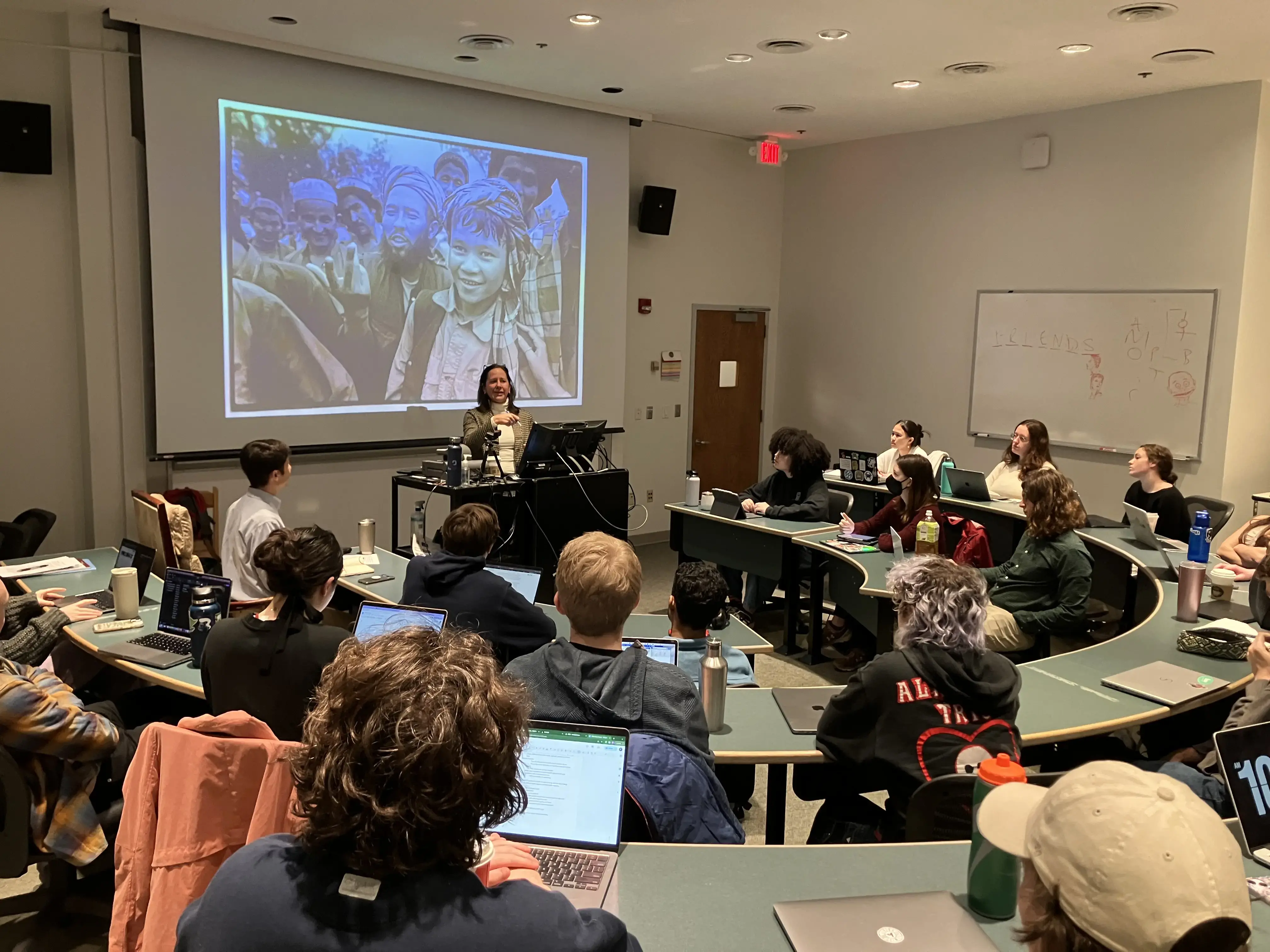
“I started with a blank slate—children in the world—and asked Stephanie to help me figure out where we should focus. Very quickly the two of us decided that climate change is the story of their generation. Thus: The Climate Generation,” Llana said.
Hanes credits the project as Llana’s “brain child,” and reflected on her own start with The Climate Generation. Hanes mentioned that, within their first discussions, they noticed a paradox among children born after the United Nations began articulating children’s rights through the Convention on the Rights of a Child.
“Young people born since 1989, when that convention process started, had more rights, and by a lot of other metrics were doing way better, than ever before. But during the same time period, climate change really passed a tipping point,” Hanes said. “So those same young people were facing a world with unprecedented challenges—challenges that were going to exacerbate everything from poverty to migration and all those human rights issues.”
Despite the daunting nature of the climate crisis, Hanes and Llana soon discovered the optimism and trailblazing occurring within younger generations. Instead of watching climate change happen to them, this generation was stepping up to create innovative solutions.
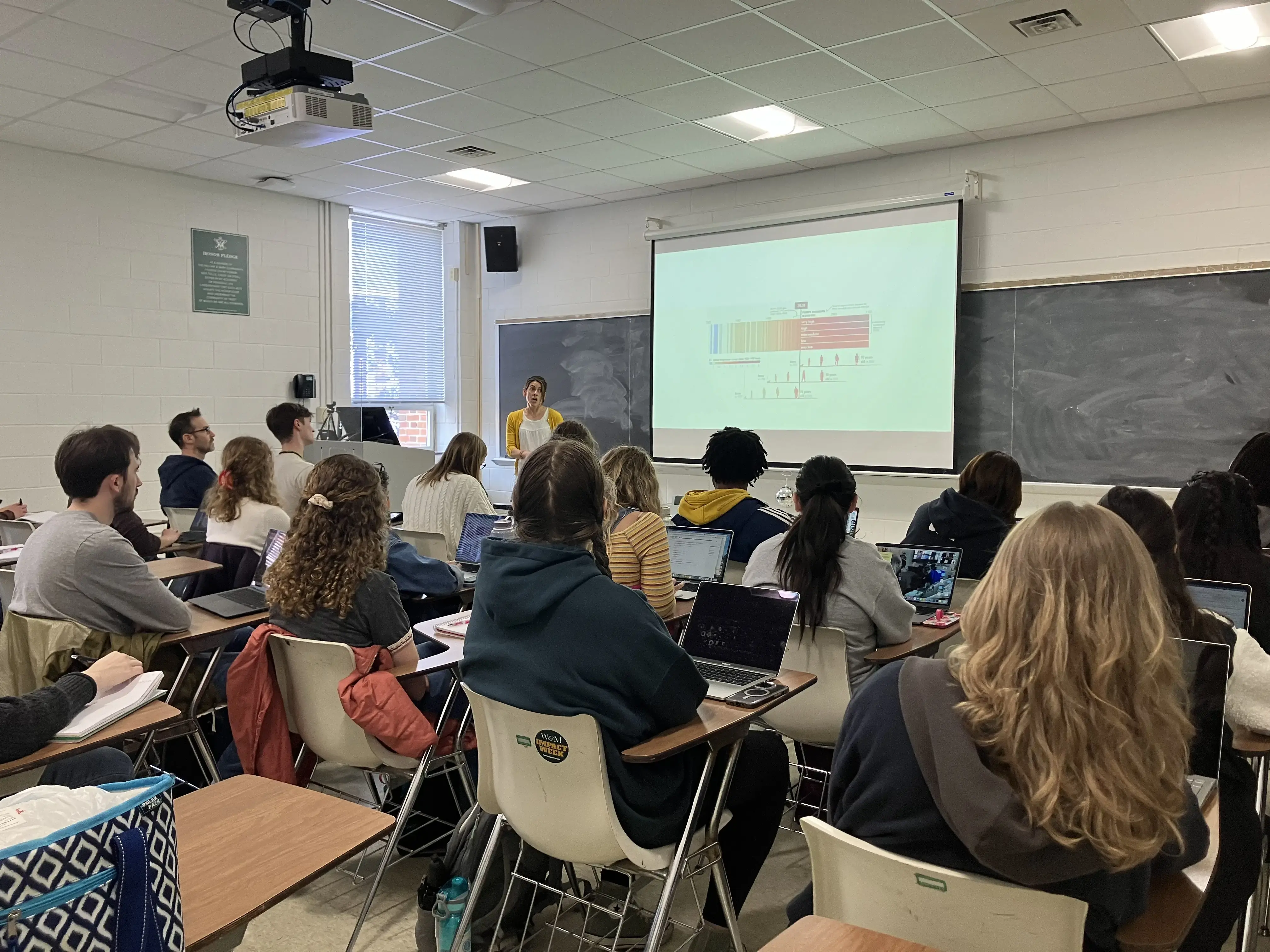
“And a lot of them were looking straight at climate change and were determined to do something about it. That didn't mean they were necessarily advocates or involved in politics. Some young people were coming up with new business ideas connected to climate. Others were reimagining what it meant to have a ‘successful’ life. But climate, for this cohort, was the set for a whole new relationship with longstanding institutions and ideas,” Hanes said.
Llana added that “while it is doom and gloom that dominates headlines when it comes to young people and climate change, young people really are agents of change.”
In their talk, Llana and Hanes described their approach to reporting and writing the series and shared stories and photographs of young changemakers and innovators leading their respective communities through creative responses to climate challenges across the globe.
“These are stories not only about ‘what’s happening,’ which we hope to document, but these are the epicenters of challenge, hope, and creativity for our world today. Our job is to find and tell these stories, both to inform and to inspire,” Hanes said.
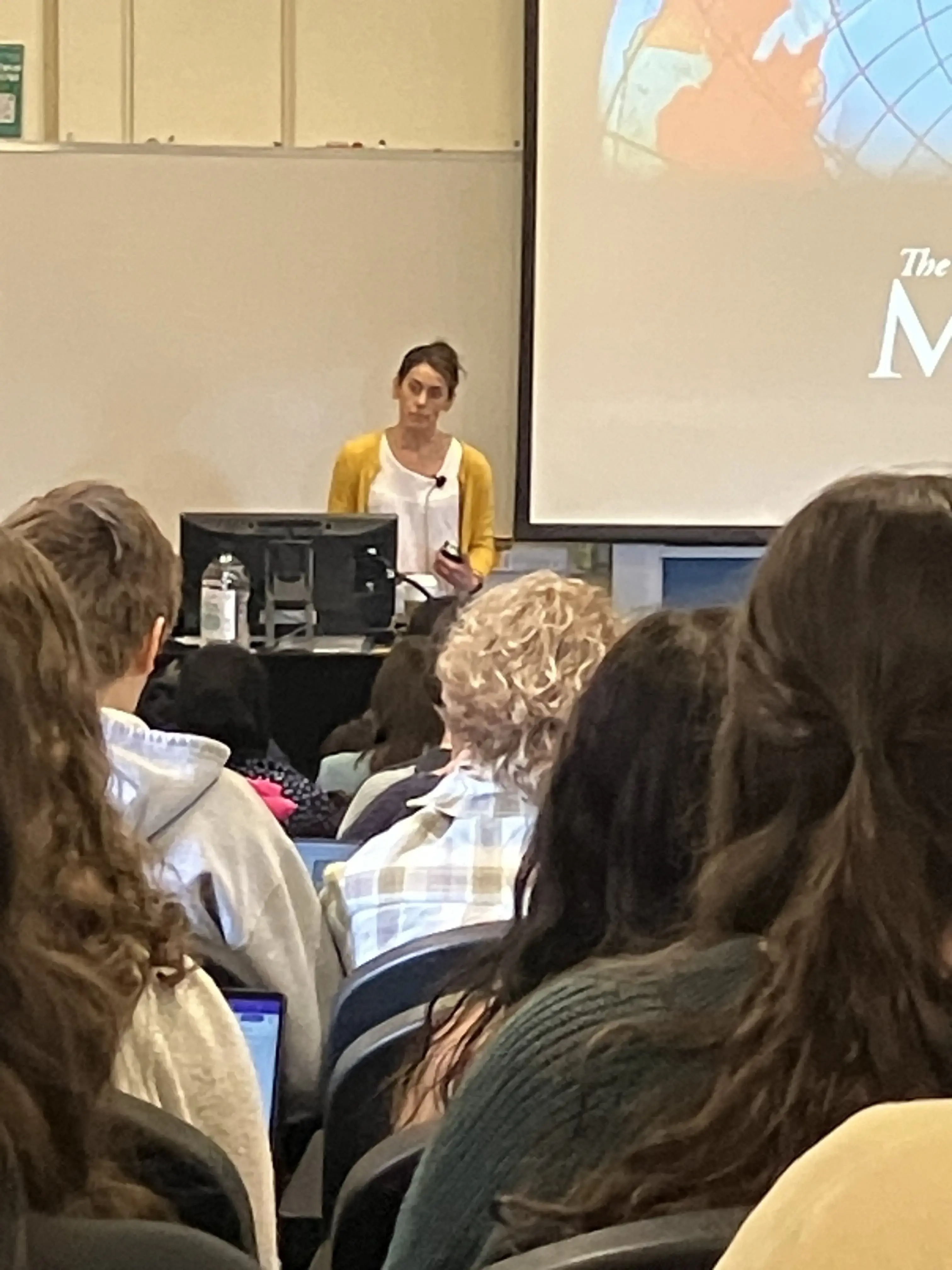
Both journalists hope that these stories will inspire young people to continue this important work, despite the magnitude of climate change.
“If you are worried or scared, get involved. While terms like ‘eco anxiety’ dominate headlines, no one I talked to said they sat around worried about it or worried about their future—because they were too busy,” Llana said.
Hanes reflected on how universities and students can get involved in supporting storytellers, activists, and innovators.
“Traditional activism is one path for getting involved in what we call climate action, but climate touches everything, from how we consume, to what we eat, to how we live,” Hanes said. “Universities should keep doing what the best liberal arts colleges like William and Mary have done for years—create the environment and rigor and educational experience that build the foundations of complex thought and creativity. I’d say that universities are also institutions and can perhaps model the institutional changes we are going to need across the board to thrive in a 21st century climate.”
Llana and Hanes both spoke about the critical role of journalism in transmitting ideas and dignifying global voices that might otherwise go unheard.
“As a journalist, I believe in connecting people and in the power of those connections to bring about solutions,” Hanes said.
Applications for the 2024-25 Sharp Journalism Seminar open in late March. Learn more about journalism programs offered through the Charles Center here.

